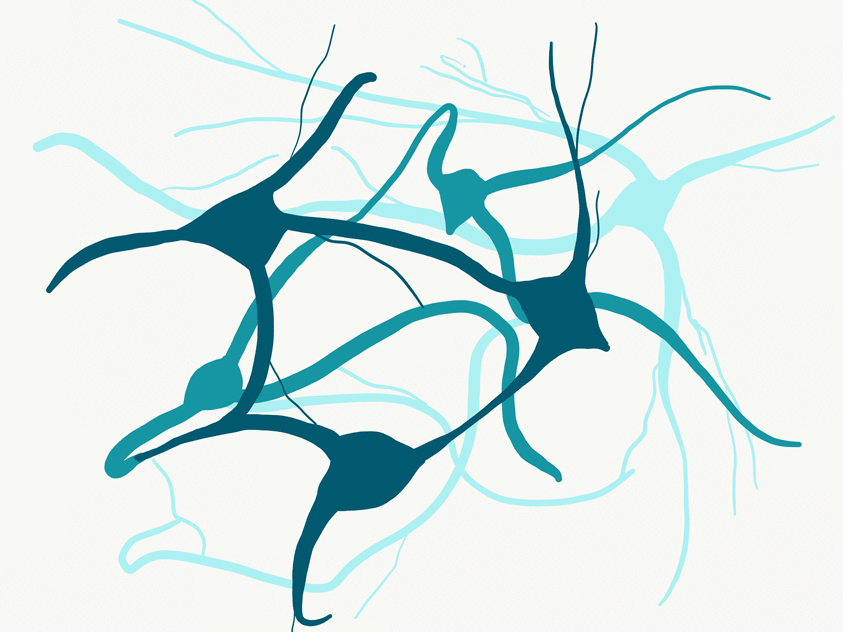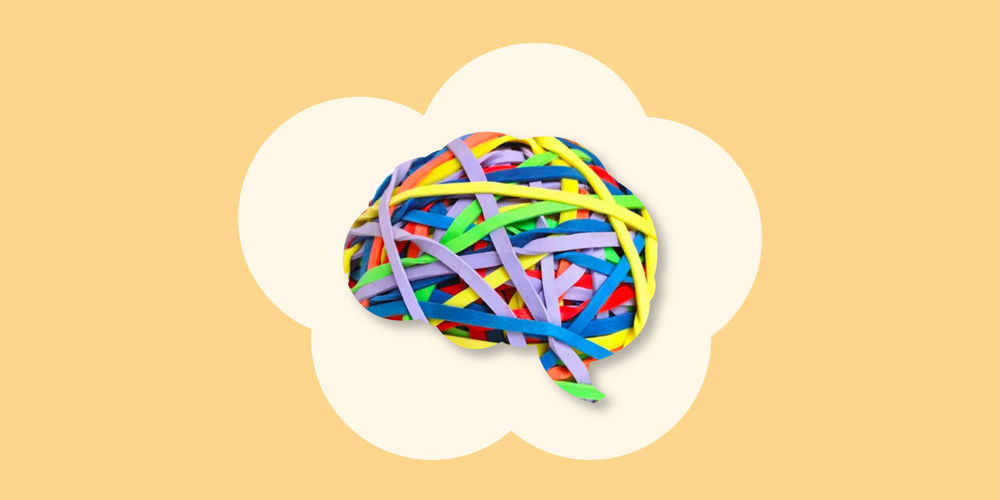Learning Objectives:
After reading this article, you will be able to:
(1) describe neuroplasticity.
(2) explain how neuroplastic change contributes to well-being.
(3) list three things you can do right now to improve your own well-being.
Case Study
My patient, Derek,* is a high-achiever. Like many high achieving individuals, he struggles under the weight of his own high expectations. He assumes that being harsh toward himself and always expecting more of himself is necessary to remain motivated and competitive. At 37 years old, he now recognizes that this approach to life wasn’t working. After learning about neuroplasticity, he began to work on increasing his self-awareness by noting self-defeating behaviors as they occurred, and by incorporating mindfulness exercises into his daily routine. By observing his thoughts, instead of getting caught up in them, he has moved from a place of self-deprecation to self-compassion. What’s happening here?
What is neuroplasticity?
Neuroplasticity, or the capacity for our brain cells to change in response to our behavior, can help us more thoughtfully engage in activities that will contribute to our well-being–no matter our age.
Neuroscientists used to think that the brain stopped developing in adolescence. That meant that any damage that occurred to the brain in adulthood, such as loss of motor function because of a stroke, was permanent. However, as our scientific knowledge advanced over the course of the 20th century, research on brain development and injury recovery suggested the opposite. We now know that the brain is a highly active and malleable learning machine across a person’s lifespan. This malleability is called neuroplasticity.
Why is it important?
We can influence our brain development in positive or negative directions. The more we engage and challenge our mind and body, the longer our brains function at a high level. There are also many other benefits to encouraging neuroplastic change.
How does it work?
Neuroplastic change occurs at the chemical, structural and functional levels of the brain. These changes work in concert with one another.
Chemical change occurs in the initial stages of learning something new. Chemical change primarily influences short-term memory or short-term improvement in a motor skill.
Structural change occurs when neurons in the brain change their connections, altering your brains structure. This type of change requires more effort and time. It involves long-term memory and long-term improvement of a motor skill.
Functional change occurs when entire brain networks change. These brain networks, as they are used over and over again, become more excitable and more efficient when activated.

Figure. The artistic representation above depicts new neural network growth with training.
The more the brain is exercised, the stronger and more connected it becomes. The connections occur across the brain’s grey and white matter. Grey matter is neural tissue that includes regions of the brain involved in muscle control, sensory perception (e.g., seeing, hearing), memory, emotions, speech, decision-making and self-control. White matter connects grey matter regions together.
That’s the science. Here’s how it plays out in the world of things, from learning a new language to navigating a new city:
- Learning another language increases density in grey matter and strengthens white matter.1
- London taxi cab drivers have greater grey matter volume in mid-posterior hippocampus in comparison to London bus drivers.2
- Stroke survivors who engage in repetitive, increasingly challenging exercises can regain motor function.3
- Thought alone is associated with neuroplastic gains. Some aging piano performers prepare for concerts primarily through visualization instead of physical practice. Both approaches show the same motor mapping in an fMRI scan.4
Regular mindfulness practice improves attention, memory and emotional regulation, increasing gray matter in parts of the brain that are responsible for these functions.5,6,7
How to get started
Neuroplastic change requires five components:
| Component | How it works | Try it now |
|---|---|---|
| Challenge & Novelty | The skill should be new-to-you and not too easy to learn. Novelty and challenge are essential components for cognitive change. | Think of something you’ve always wanted to try (e.g., learn a new language, mountain climbing, play the guitar). |
| Intention | The skill you are practicing must have some meaning, relevance, or importance to you. Neuroplastic change is associated with the feeling of being rewarded while engaging in a new task. | Think about why you want to learn this skill (e.g., I love traveling, I love being in the mountains, I love guitar music). Make sure it matters to you personally, then write it down. |
| Specific Attention | The skills we practice tend to improve. Focusing on exact tasks increases the likelihood of change. | Have a plan. Schedule time in your calendar to focus on this task. Consider setting a personal goal and incentive. |
| Repetition & Intensity | One-and-done is not enough. Shorter bouts of intense repetition are usually needed to creating new connections. | Check in with yourself weekly. Have you been following your plan? If not, adjust and keep going. |
| Time | Be patient with yourself. Neuroplastic change takes time in order for structural and functional change to occur. | Plan for lapses – it’s normal. Refocus, adjust your schedule, and keep going. |
Begin by selecting an activity that is new, challenging and important to you. Commit yourself to engaging in the exercise as frequently as you can. You will further your neuroplastic change if you also eat a healthy diet, exercise regularly and connect with others.
Need something more to get started? Here are some activities that may apply to you:
- Learn a new language
- Learn to play an instrument
- Visit a different part of the city, state or country
- Go to a museum or concert
- Cook new foods or listen to different music
- Practice mindfulness
- Experiment with three good things
- Try brain aerobics:
- Use your alternate hand to brush your teeth or write
- Dress while keeping yur eyes closed
- Buy groceries at a different store
(Please note: There are some online games and apps that claim to stimulate neuroplastic change. There is currently limited scientific evidence supporting these products.)
Conclusion
I frequently share information on neuroplasticity with patients in the beginning phases of psychotherapy. We discuss how the brain is malleable and that repeated, intentional, and somewhat uncomfortable efforts are required to experience lasting change.
Remember our introduction case study? Derek was frequently late to his sessions, which was primarily due to a lengthy commute and an unpredictable work schedule. On days when he was late, he would enter my office, apologize profusely, and then barrage himself with self-deprecating statements. After a few months of working together on self-awareness and self-compassion, he was late again to a session. He entered my office, and instead of apologizing, he said, “I’m late to our meeting today–and that’s okay.” I watched as he paused, looked at me somewhat quizzically, and said, “I’ve never said that before.”
We took a moment to savor the effort required for this neuroplastic change.
* Patient details have been fictionalized to protect identity.
Megan Call
We have personal protective equipment (PPE) for our body–but what about our mind? Huntsman Cancer Institute nurse manager Cassidy Kotobalavu has lead training on the concept of emotional contagion–how good (and bad) emotions spread. Here are Cassidy’s expert tips (with slides) on managing emotional contagion in health care.
With so much going on around the world and in our daily lives, our brains are constantly in overdrive. Mindfulness educator and social worker Trinh Mai explores what practitioners across U of U Health and the VA are doing to help their patients and teammates take a mental break and respond courageously in these times.
When life gets busy, it’s easy to forget what keeps us grounded and therefore more satisfied with life. Sydney Ryan reflects on the importance of making time for yourself and prioritizing what is important for you. She explains simple, deliberate actions that have made a difference in her work and her life.
